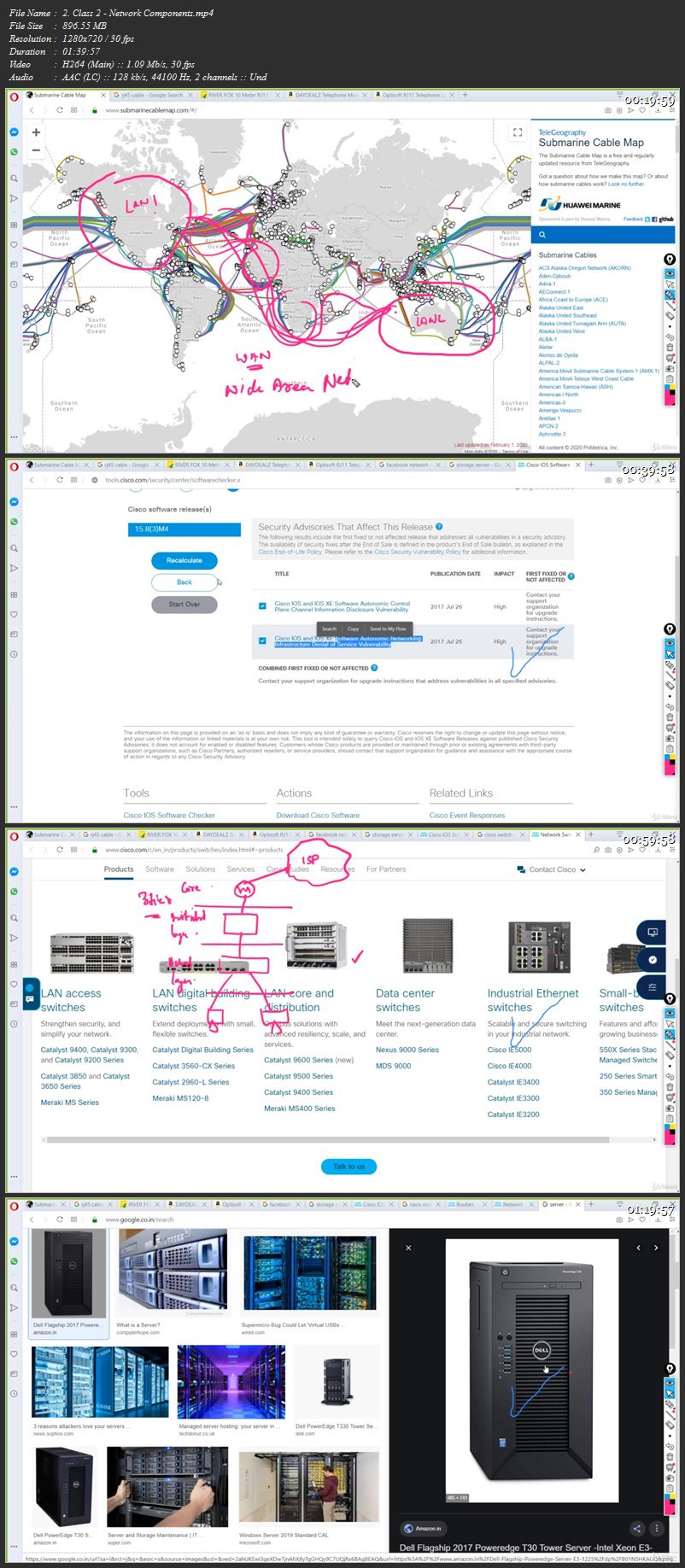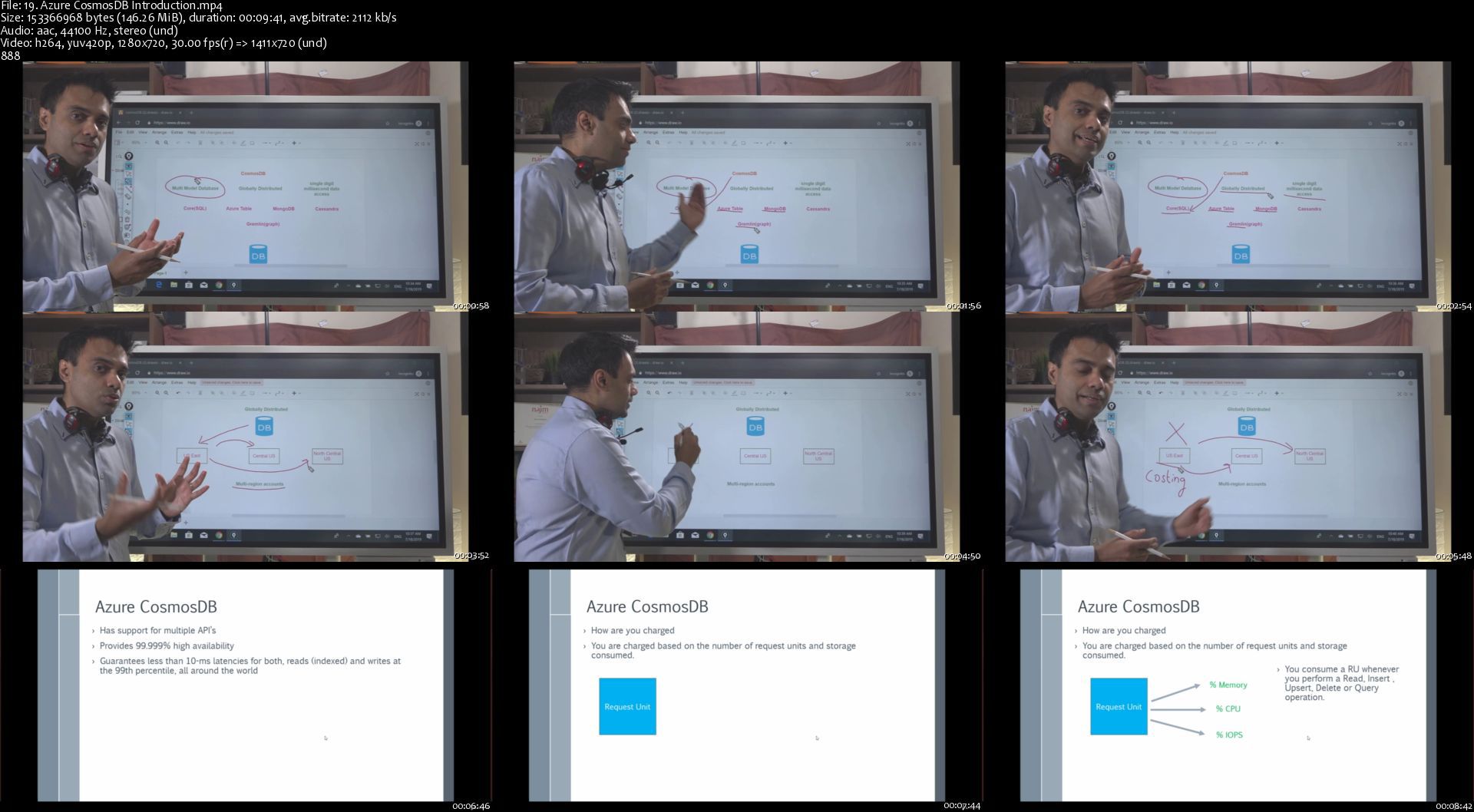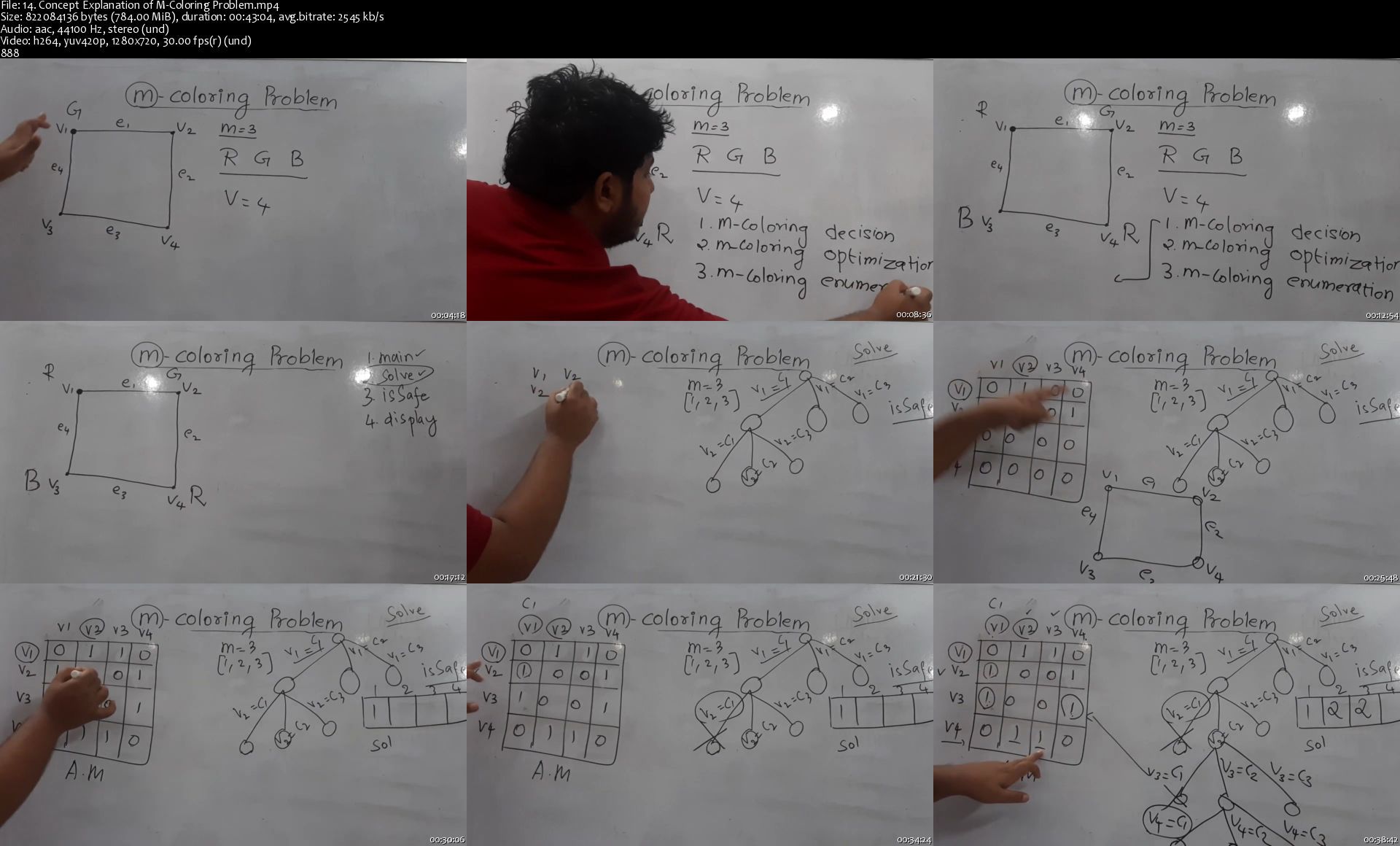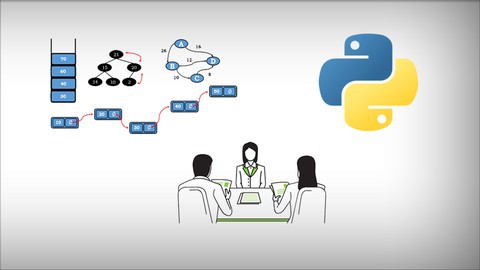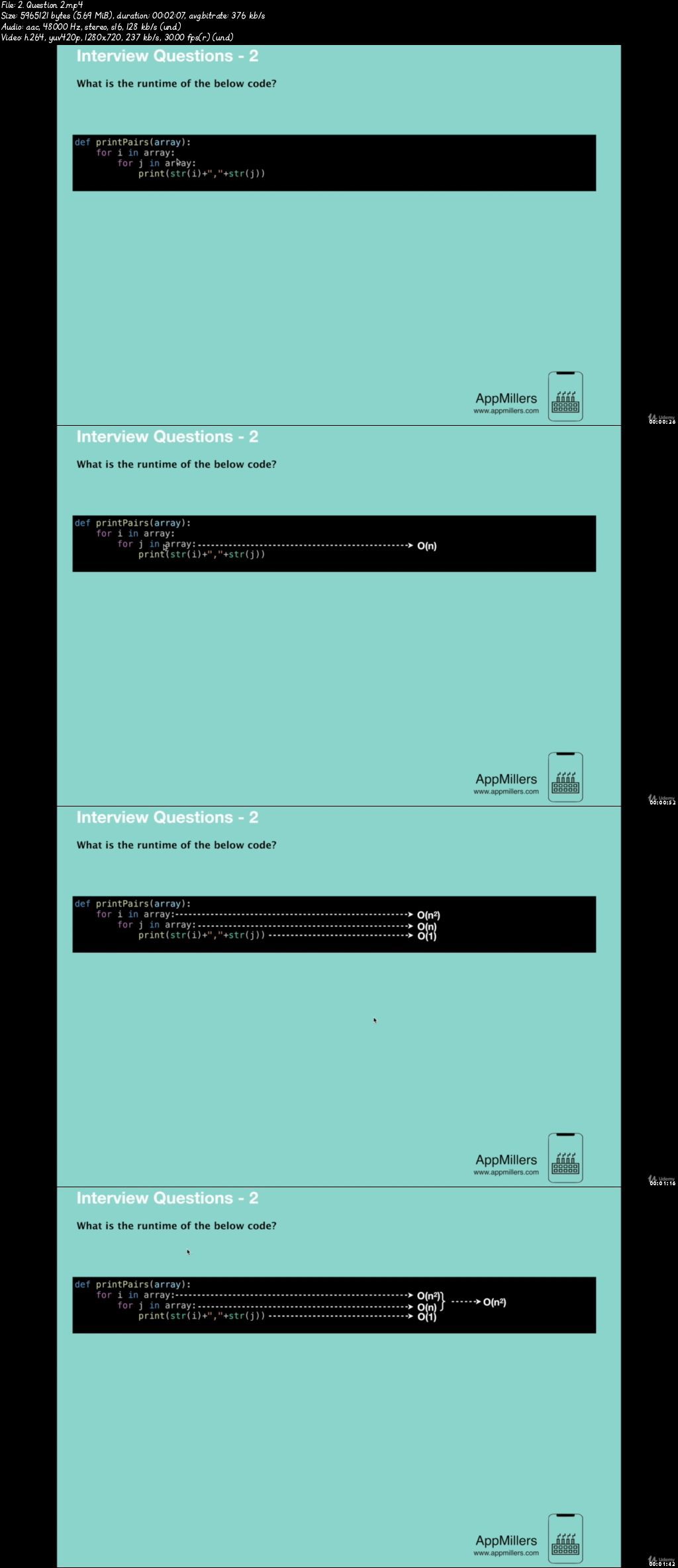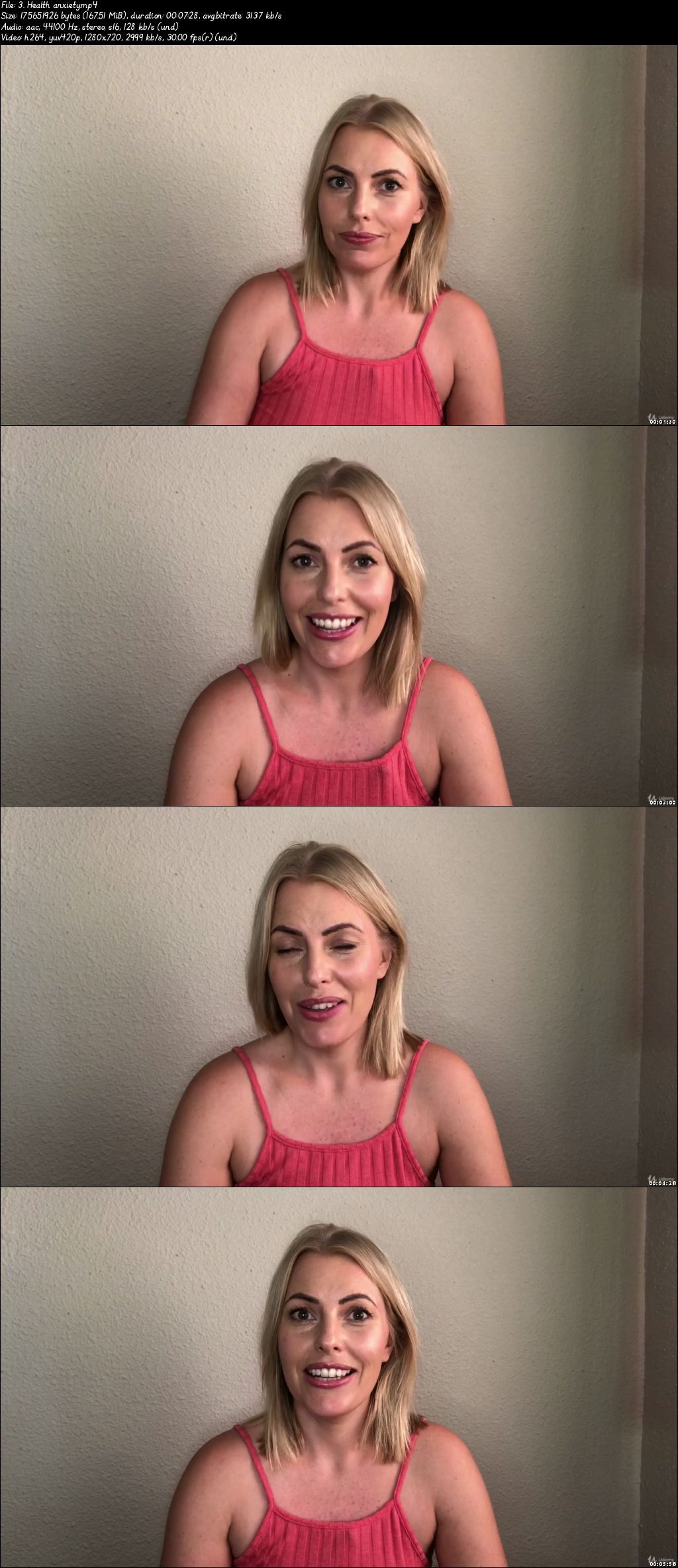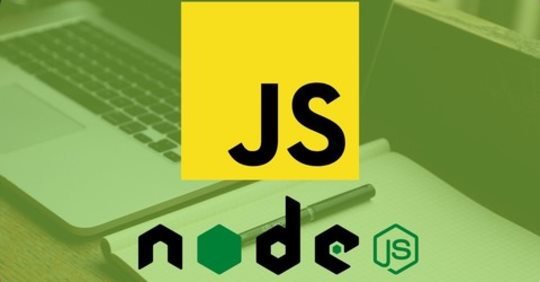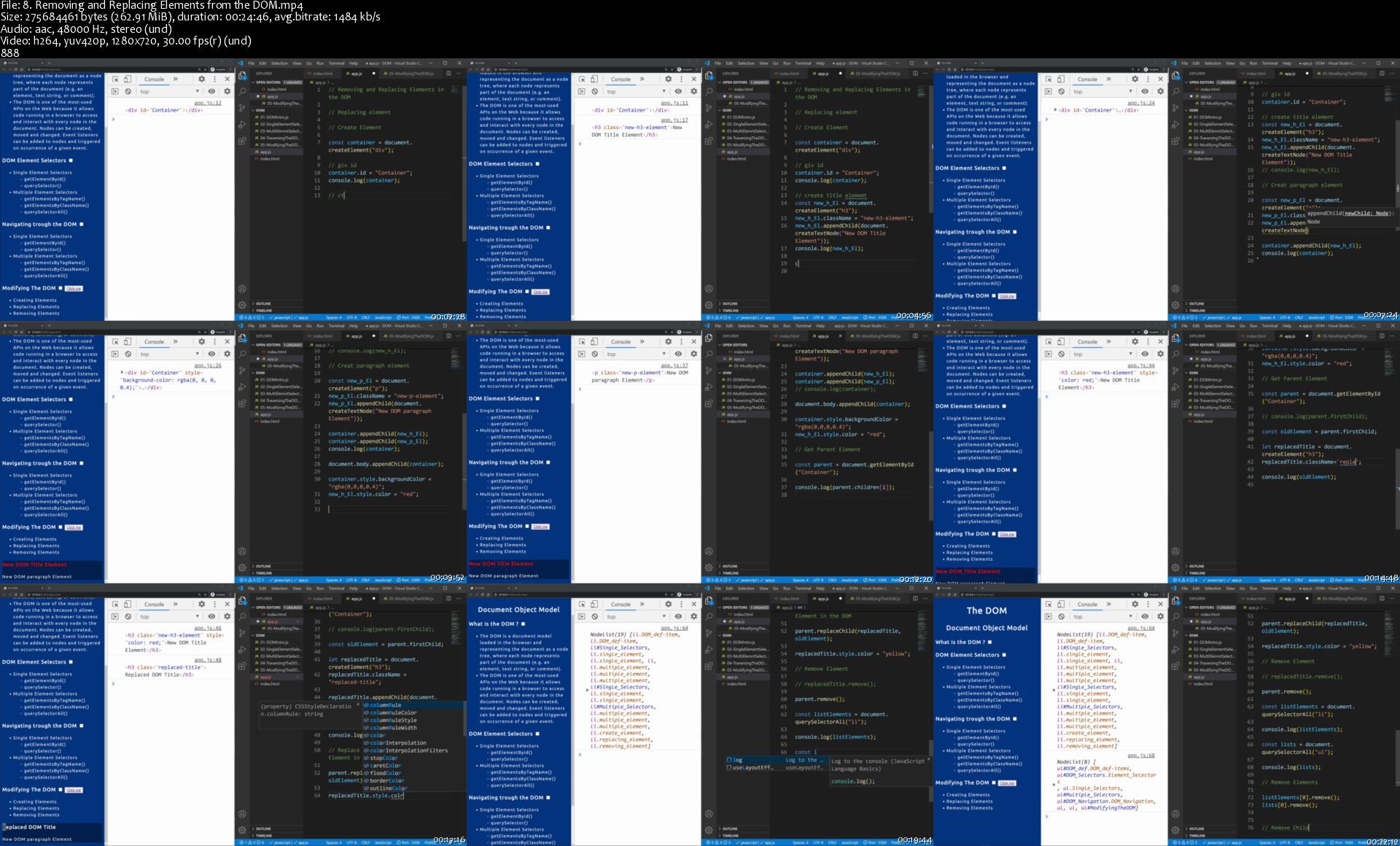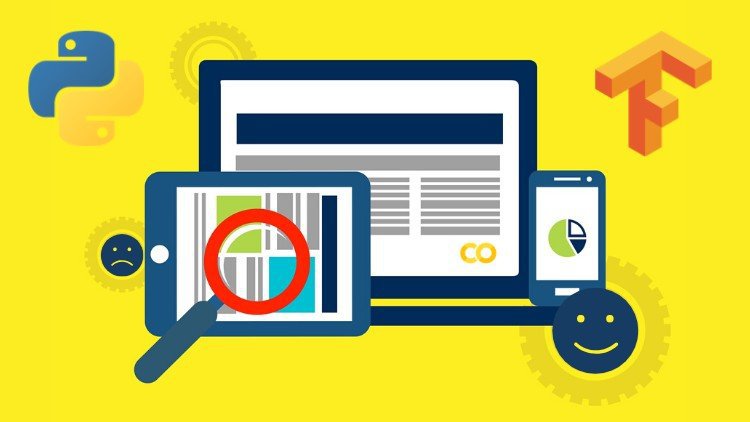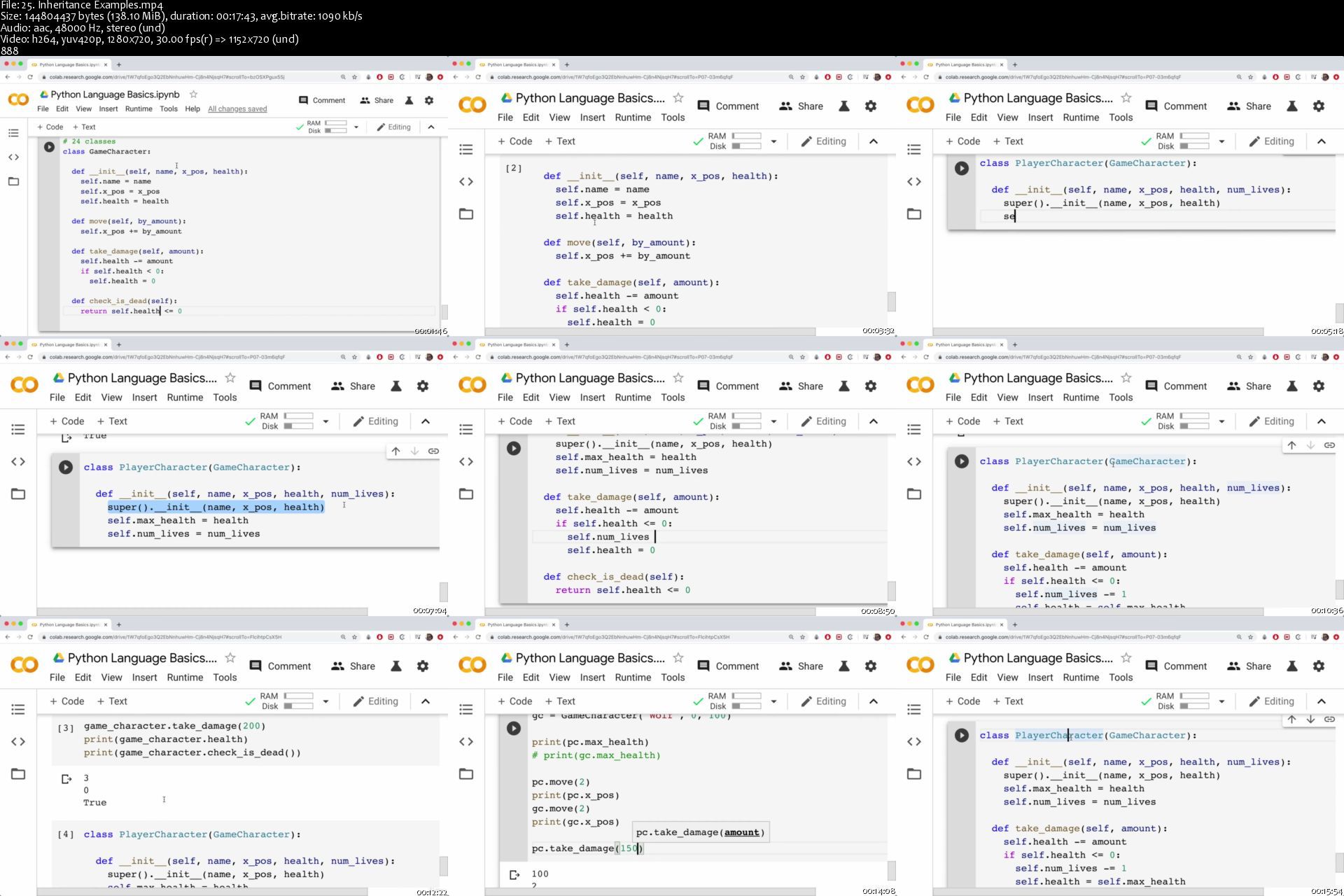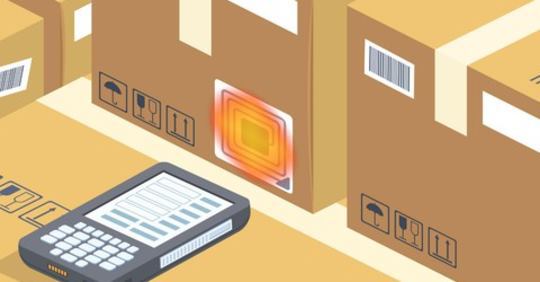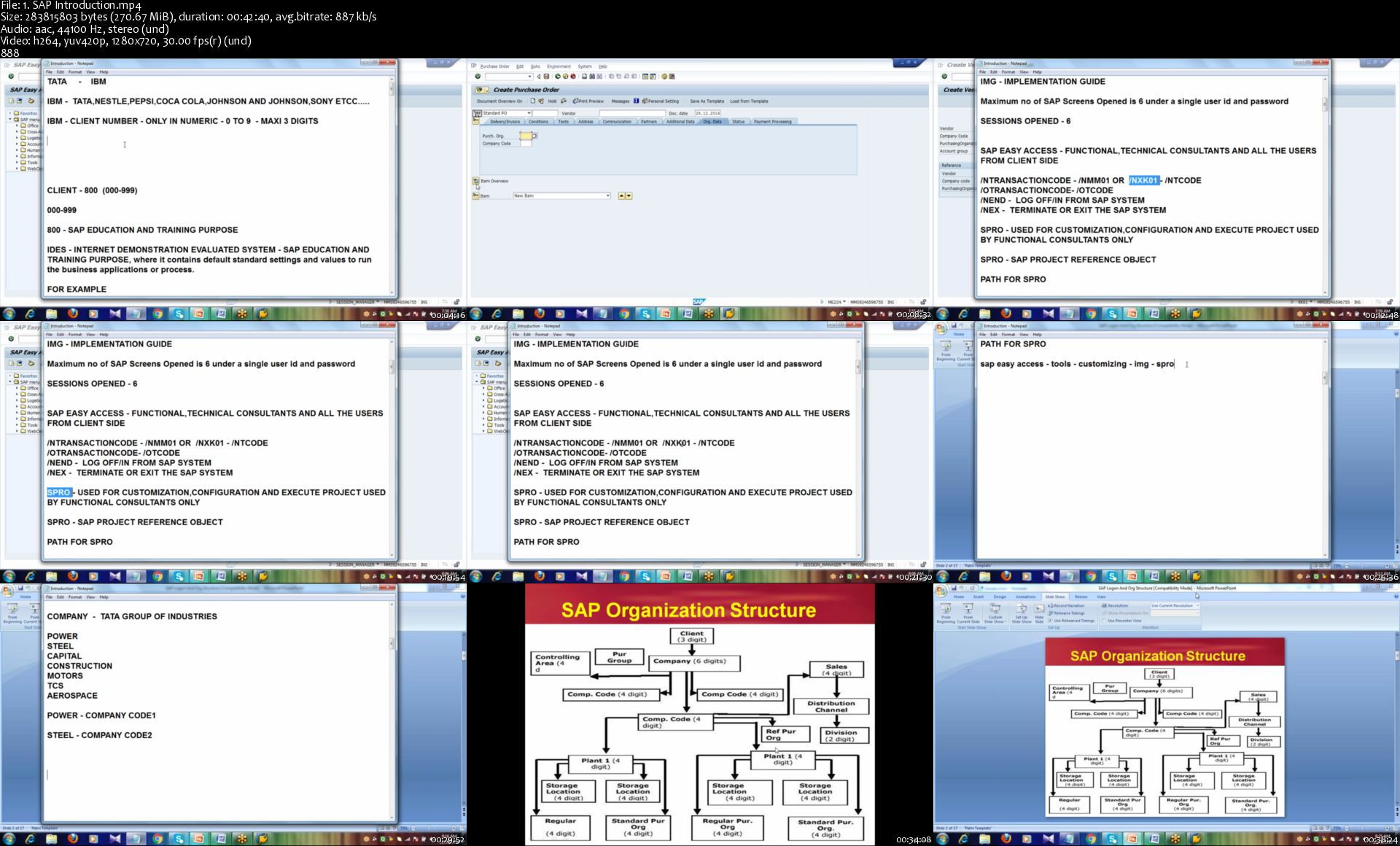SAP MM Materials Management (beginner to expert level)
SAP MM Materials Management (beginner to expert level)
Genre: eLearning | MP4 | Video: h264, 1280x720 | Audio: aac, 44100 Hz
Language: English | Size: 6.82 GB | Duration: 21 section | 33 lectures | (18h 55m)
What you'll learn
Prepare for SAP MM Certification exam
Gain knowledge to become a top SAP MM Consultant
Master SAP MM module from beginner to expert level
Introduction to ERP and SAP
Master Data
Configuration of Organizational Structures and Material Master
Purchasing and Release Procedure & Document Types for Purchasing Documents
Purchasing Optimization
Pricing in MM and Pricing Procedure
External Service Management
Consumption Based Planning and Forecast
Inventory Management and Movement Types
Physical Inventory
Special Stocks and Special Procurement Types
Procurement Process
Valuation and Account Determination
Logistics Invoice Verification
Cross-Functional Customizing in MM
Integration Concepts
Requirements
Enthusiasm and determination to make your mark on the world!
Description
SAP MM (Materials Management) is a module of the SAP ERP software package from SAP AG that is used for Procurement Handling and Inventory Management.
SAP Materials management covers all tasks within the supply chain, including consumption-based planning, planning, vendor evaluation and invoice verification. It also includes inventory and warehouse management to manage stock until usage dictates the cycle should begin again. Concepts such as Electronic Kanban / Just-in-Time delivery are supported within MM.
Materials management is integrated with other modules such as SAP SD, SAP PP and SAP QM. SAP MM is used for procurement and inventory management. The module has two important master data - material and vendor. Broadly, the various levels that can be defined for a SAP MM (Material management) implementation are: Client, Company Code, Plant, Storage Location and Purchase Organization.
SAP MM can be divided into five major components. These are: materials management, plant maintenance, quality management, production planning and control, and a project management system. Each is divided into number of sub-components.
SAP MM (Material management) is all about managing the materials i.e the resources of an organization. These resources include man, manpower and materials. The main functionality within MM (Material management) includes purchasing, Inventory management, valuation and assignment, batch management and classification. In simple words, SAP Material Management is a fundamental module of the SAP ERP (Enterprise Resource Management) system that manages the complete material supply chain and inventory management processes of an organization.
SAP MM is essentially an element of Logistics. It is counted as one of the most important modules when talking about SAP ERP software. The MM application module allows the user to manage and procure the data in a very organized manner. SAP MM module has plenty of aspects such as receiving and purchasing goods, material storage, inventory and most importantly planning based on consumption.
SAP MM is the key area within Logistics in SAP. It is very important component of Logistics because it is tightly integrated with all of other components of SAP Logistics. MM contains of the following components:
MM-PUR : Purchasing
MM-IM : Inventory Management
MM-CBP : Consumption based Planning
MM-IV : Invoice Verification
MM-EDI : Electronic Data Inter-exchange
MM-IS : Information System
This SAP Material Management (MM) course by Uplatz enables you to understand the end to end process of Supply Chain Management which helps the organization to optimize the inventory and effectively execute the procurement process. This course deals with the process of direct procurement to material requirement planning and from purchasing to pricing.
The SAP MM training provides you insight into various procurement and goods movement processes in an organization that aims in optimizing, increasing productivity and reducing cost while providing flexibility to accommodate changes.
This SAP MM training will help you gain complete knowledge on several components and sub-components of SAP Material Management, including Master Data, Purchasing, consumption-based planning, and Inventory. Our SAP MM course materials are designed in simple modules by industry experts for easy understanding and help you sail through the exam in the first attempt itself.
Course Objectives
SAP MM Module online training will train the student in all the aspects of SAP MM Module. By the end of the training program, one will be thorough will all the characteristics of the software. These comprise of:
Source Determination
Requirements Determination
Correct selection of vendor
PO Processing
Follow up of PO
Purchasing and receiving of goods along with efficient inventory management.
And finally verification of Invoice
SAP MM - Course Curriculum
Introduction to ERP & SAP
ERP Packages
Introduction to SAP
Functions and Objectives of MM
SAP Logistics Cycle SD/MM/PP
MM Flow And Procurement Types
SAP Navigation
Organizational structure of an Enterprise in the SAP R/3 System
Company, Company code, Controlling Area, Plant, Storage Location, Purchase Organization, Purchasing group
Controlling Settings (Cost Center and Cost Element Etc.)
Master Data
Material Master
Vendor Master
Purchase Info Record
Source Determination
Source List
Quota Arrangement
Purchasing
Purchase Requisition
Purchase Order
Request For Quotation (RFQ)
Outline Agreement
Contracts
Schedule Agreement
Document Types for Purchasing Documents
Define Document Type
Define Number Ranges for Document Types
Define Screen Layout At Document Level
Release Procedure for Purchasing Documents
Purchase Requisition, Purchase Order, Request For Quotation (RFQ), Outline Agreement- Contracts, Schedule Agreement
Pricing Procedure
Maintain Condition Table
Define Access Sequence
Define Condition Types
Define Calculation Schema
Define Schema Group
1. Schema Group Vendor
2. Schema Group for Purchasing Organization
3. Assignment of Schema Group to Purchasing Organization
Define Schema Determination
Determine Calculation Schema for Standard Purchase Orders
External Service Management
Service Master Creation
Model Service Specifications - MSS
Service PO
Service Entry Sheet
Optimized Purchasing
Automatic PO w ref to PR
Automatic PO at GR
Inventory Management
Movement types
Goods Receipt
Goods Issue
Transfer Postings
1. Transfer Posting from Stock to Stock
2. Transfer Posting from Plant to Plant
3. Transfer Posting from Sloc to Sloc
4. Transfer Posting from Material to Material
Return Delivery to vendor
Initial Entry of Stock Balances
Reservations
Physical Inventory
Types of Physical Inventory
Creating Physical Inventory Document
Entering Physical Inventory Count
List Of Inventory Differences
Post the Difference
Special Stocks and Special Procurement Types
Consignment
Stock transport order
Subcontracting
Pipeline
Returnable transport packaging - RTP
Third Party Processing
Batch Management in MM
Condition Tables
Access Sequence
Strategy Types
MM Batch Search Procedure
Batch Status in MM
Characteristics and class
Sort Sequence for MM Batch
SLED In Batch in MM
Manual And Automatic Batch Display In MM
Valuation and Account Determination
Introduction to Material Valuation
Split Valuation
Configure Split Valuation
Defining Global Categories
Defining Global Type
Defining Local Definition& Assignment
Invoice Verification
Basic Invoice Verification Procedure
Invoice for Purchase Order
Unplanned Delivery Costs
Planned Delivery Costs
Credit Memo
Blocking the Invoice
Releasing Blocked Invoices
Subsequent Debit/Credit
Automatic Settlements (ERS, Cosignment,Pipeline)
GR/IR Account Maintenance
Stochastic Block
Parking Invoice Document
Integration Concepts
Integration of MM with FI/CO
Automatic Account Determination
Integration of MM with SD
Stock Transport Order (STO)
Intra Company Stock Transfer
Inter Company or Cross Company Stock Transfer
Third Party Processing
Integration of MM with PP
MRP Concepts
Planned Independent Requirements
Consumption Based Planning
Reorder Point Planning
Forecast Based Planning
Integration of MM with WM
Introduction to Warehouse Management
Warehouse management overview in SAP R/3
Organization Data
Warehouse Structure
WM Flow with MM/SD/PP/QM
Organization Data
Define Warehouse Organization structure
Warehouse number, Storage type, Storage section, Storage Bin, Storage Bin Structure, Storage Bin Types, Picking Area, Storage unit, Quant
Master Data
Material Master
Search Strategies
Storage Type Search Strategies, Storage Section Search Strategies, Storage Bin Type Search Strategies
Storage Bins
Define Storage Bin Types, Define Blocking Reasons, Define Storage Bin Structure
WM Settings for the Material Master
Define Storage Type Indicators, Define Storage Unit Types, Define Storage Section Indicators, Define Special Movement Indicator
Integration of MM with QM
Master Inspection Characteristics, Sampling Procedure, Quality Inspection types, Quality Inspection Planning, Quality Inspection Lot, Record Quality Results and Record Usage Decision for the Quality Inspection Lot.
Summarized list of Key Topics covered in this course
Introduction To MM
Introduction to ERP
SAP Overview
Functions and Objectives Of MM
Overview Cycle of MM
Organizational structure of an Enterprise in the SAP R/3 System
Creation of Organizational Elements
Company
Company code
Plant
Storage Location
Purchasing Organization
Purchasing Group and Assignments
Master Data
Material Master
Vendor Master
Info Record Source Determination
Source Determination
Material Master
Vendor Master
Info Record
Source Determination Purchasing
Purchase Requisition
Purchase Order
RFQ - Request for Quotation
Outline Agreements Document Types for Purchasing Documents (PR, PO, RFQ, Contract and Schedule Agreement)
Define Document type
Define Number Ranges for Document Type
Define Screen Layout at Document Level Release Procedure for Purchasing Documents:
Creation of Characteristics
Creation of Class
Release Group, Release Codes, Release Indicator, Release Prerequisite, Release Strategies Conditions or Pricing Procedure or Price Determination:
Define Access sequence
Define Condition Types
Define Calculation Schema
Define Schema Group
Schema group vendor
Schema group purchasing organization
Assignment of Schema group to purchasing Organization
Define Schema Determination
Determine Calculation Schema for Standard Purchase Orders External Services Management (ESM):
Define Organization status for service categories
Define service category
Define Number Ranges
Define Number Ranges for Service Entry Sheet
Define Internal Number Ranges for Service Entry Specification
Assign Number Ranges
Define Screen Layout
Procedure For Services
Creation of Service Master
Creation of Service PO
Creation of Service Entry Sheet
Invoice wref Service Entry Sheet Inventory Management (IM):
Goods Movement
Goods Receipt - GR
Goods Issue - GI
Transfer Posting - TP
Reservation Physical Inventory (PI):
Types of PI processes
Creating Physical Inventory Document
Entering Physical Inventory Count
List Of Inventory Differences
Post the Difference
Print Out PI Difference Report Special Stocks and Special Procurement Types:
Consignment
Stock transport order
Subcontracting
Pipeline
Returnable transport packaging - RTP
Third Party Processing Valuation and Account Determination:
Introduction to Material Valuation
Split Valuation
Configure Split Valuation
Defining Global Categories (Valuation Category)
Defining Global Type (Valuation Types)
Defining Local Definition& Assignment (Valuation Area)Valuation and Account Determination:
Basic Invoice Verification Procedure
Invoice for Purchase Order
Planned Delivery Costs
Unplanned Delivery Costs
Credit Memo
Blocking the Invoice
Releasing Blocked Invoices
Subsequent Debit/Credit
Automatic Settlements (ERS)
GR/IR Account Maintenance
Invoice for Tax, Discounts, Terms of Payment
Invoices for PO's with Account Assignment
Parking Invoice
Invoice With reference to Service Entry Sheet Integration With Other Modules:
Integration of MM with FI/CO
Integration of MM with SD
Integration of MM with PP
Benefits of SAP MM
Customer demands are changing rapidly, an organization's efficiency is measured primarily by its ability to cater to the market demands in the shortest time possible. For this to happen, the business has to have stock of the required raw materials at the right time and must be able to use it efficiently A proper Material Management process ensures that there is never a shortage of materials or any gaps in the supply chain process of the organization. The SAP MM automates the procurement and material management activities to make the processes smoother and effective. Some prominent benefits of SAP MM are:
Reduces material costs by avoiding stocking of unnecessary or obsolete materials
Inventory losses are minimized
Direct labor costs are reduced and labor can be used efficiently
Manufacturing cycle times are reduced and can be controlled effectively
Effective inventory management and reduces expenditure on unwanted material storage
Improves delivery time and increases transparency across the organization
Who this course is for:
SAP MM Consultants, End Users, Managers
SAP MM/WM/PP/PM/SD/QM Consultants & Analysts
SAP Logistics Consultants & Managers
SAP S/4HANA MM Consultants, Managers, End Users
Newbies and Beginners aspiring for a career in SAP
Store Managers, Inventory Managers
SAP SRM, SCM, EWM Consultants
Technology Consulting: SAP S/4HANA SD/MM Managers
SAP & ERP Professionals
Business Analysts & Consultants
SAP Specialists
Solutions Architect SME
Anyone having interest in SAP MM and Inventory Management
Homepage












